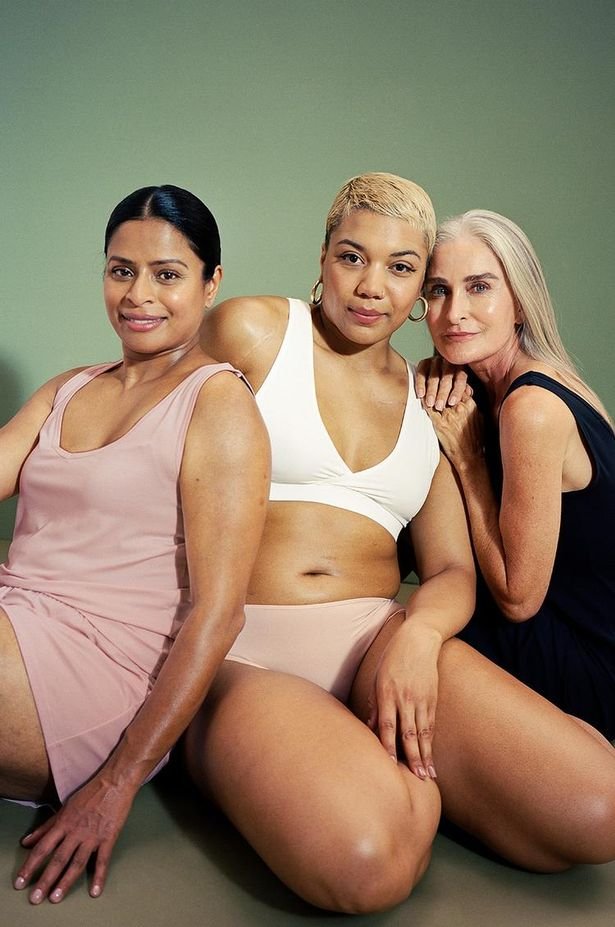Difficult Women
“A lot of people recoil from an angry woman,” said Hillary Clinton in What Happened, her memoir of the 2016 US presidential election. In truth, they don’t just recoil from an angry woman, they often either punish or make fun of her. In 2018, tennis champion Serena Williams was fined $17,000 for lashing out at an umpire in the US Open. Former first lady Michelle Obama was consistently accused by conservative newspaper columnists of being a woman “simmering with anger” during her tenure as First Lady. In a 2016 interview with the Los Angeles Times, Marcia Clark, lead prosecutor in the OJ Simpson trial in 1995, explained how she was depicted in the press as a cartoonish figure storming into court with steam coming out of her ears. “It’s a courtroom. It’s war. What was I supposed to do? Whisper and curtsey?” she asked. According to the Hollywood Reporter, when actress Jennifer Lawrence stood up to a rude director on set, a producer later took her aside and told her she was being “unruly”, leaving the Oscar-winning star fearful of her future in the industry. The list of women penalised for being perceived as angry is endless.
I wrote an article recently for this website, which explained that as children, boys are taught to compete while girls are taught to compare. Girls are also taught to be nice, polite and in control of their emotions. As the nursery rhyme goes, “What are little girls made of? Sugar and spice and all things nice”. Boys, on the other hand, are expected to be disorderly and boisterous. According to an article in The Huffington Post, “Girls are more likely to learn that their feelings of anger, no matter the reason for them, are ‘wrong’ and out of sync with their identities as girls” So while girls see boys’ disruptive behaviour validated as masculine and predictable, their own is chastised and quashed. As Nigerian author, Chimamanda Ngozi Adichie remarked, “We spend too much time telling girls that they cannot be angry or aggressive or tough, which is bad enough, but then we turn around and either praise or excuse men for the same reasons.” It’s a confusing set of goalposts to grow up with.
I can’t think of a single occasion when I’ve really shown anger. I have no frame of reference for what justified, constructive anger looks like in a woman, probably because my Dad was the only one of my parents who ever became angry. My mother, no doubt, was often seething with rage, but she always repressed it and never let it “out”. I do remember two occasions at work when I expressed, not anger, but a firm and opposing opinion to a colleague. I was immediately accused of being aggressive. If the intent was to make me feel irrational, over-reactive and self-conscious, it worked. What was most disappointing about these two encounters was not just the clichéd response to a woman who doesn’t meekly comply, but the fact that my colleagues were women, not men. Unfortunately, the narrative that women should not be disruptive or opinionated, that they should make those around them feel comfortable not confronted, has brainwashed even some women into believing it to be true.
To be told you’re behaving aggressively is the same as being told to “calm down”. It pulls the proverbial rug right out from under you, instantly making you feel as if you’re not in tune with your own behaviour; as if your emotions have control over you rather than the other way round.
There’s a litany of both literary and cinematic references to angry, non-compliant women who are labelled as mad, dangerous or untrustworthy, from Cathy Henshaw in Wuthering Heights to Glen Close in Fatal Attraction. I’m reading a book called Difficult Women at the moment by Helen Lewis. It introduces the reader to a whole host of women in history who refused to comply with the societal dictate that it was unseemly for a woman to show rage or be difficult, but who effected real change in society because of this. They weren’t institutionalised or marginalised (any more than women already were) for their behaviour. Most of them, however, I’ve never heard of, because of course in school we studied history, not her-story. As young girls, how many strong, powerful, raging women were presented to us as role models?
Anger has always been seen as a character defect in women, one we must battle to control, conceal and overcome. In the 2017 film I, Tonya, the American ice skater Tonya Harding is portrayed as angry all the time; at her husband, her mother (justifiably so), at her circumstances, at competition judges, whom she frequently exploded at when she felt her scores were too low. She didn’t fit the stereotype of a white leotard-clad skating angel and so she was ostracised by the skating community. Had she conformed, been more “ladylike” and therefore likeable, she would have undoubtedly been more successful. And that’s how the story goes: if you get angry, you become marginalised; if you conform you succeed.
As Lewis asserts in Difficult Women, “Our anger is portrayed as unnatural, horrifying, disfiguring... All this is extremely unhelpful if you want to go out and cause trouble – the kind of trouble that leads to legal and cultural change.” But suppressing our anger has emotional as well as cultural repercussions. From an early age, girls are taught to “keep in” or redirect feelings of anger. Common effects of this are passive-aggressive behaviour, anxiety and depression. There is a multitude of studies out there indicating that anxiety is on the rise in all teens, but especially in teenage girls. In fact, they are three times more likely to suffer than their male peers. It’s hardly a stretch to suggest that a girl’s propensity for depression has something to do with the risks associated with an authentic show of anger (being labelled ugly, aggressive, unladylike, a bitch).
Reaching midlife has made many things easier for me than they were in my twenties, but showing anger is not one of them. Despite everything I read about women being entitled to show rage and to vent when it’s warranted, it still feels like a transgressive way to behave. At the All About Women conference in Sydney in 2019, author of Rage Becomes Her, Soraya Chemaly, spoke about the power of women’s rage (you can view the talk on YouTube). She told the audience about a time when she was sitting on an aeroplane with the seat in recline, but was asked to move it forward by the air hostess because the gentleman behind her was uncomfortable. When she politely refused, she explained how her heart was beating, her face was flushed and she felt panicked simply because she was not doing what she was asked to do; she was refusing to cede her space to suit the man behind her because his comfort was not more important than her’s.
It made me feel so much better to hear this strong, educated, well-travelled woman reveal that she finds it difficult not to comply, to use her voice to express frustration rather than frothy platitudes. As Chemaly said, expressing anger is difficult. But women are getting better at it. In an interview with The Guardian earlier this year, Irish author Eimear McBride spoke about how in the past guilt was the only thing women were allowed to write about: “Anger was a male emotion and it was appropriate only to men. Angry women were crazy, and I feel very much: ‘Fuck you with all of that’.” I think rage becomes her.
Marie Kelly, July 2020.
Share your thoughts in the comments section below…
join the conversation
share and comment below, we’d love to hear your thoughts…
















